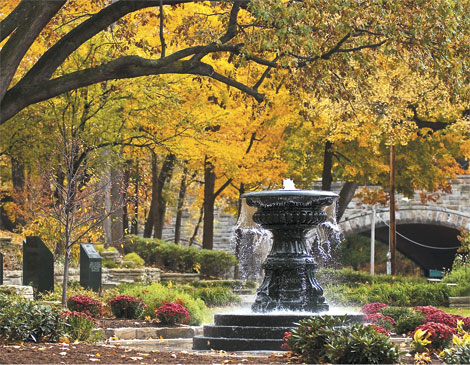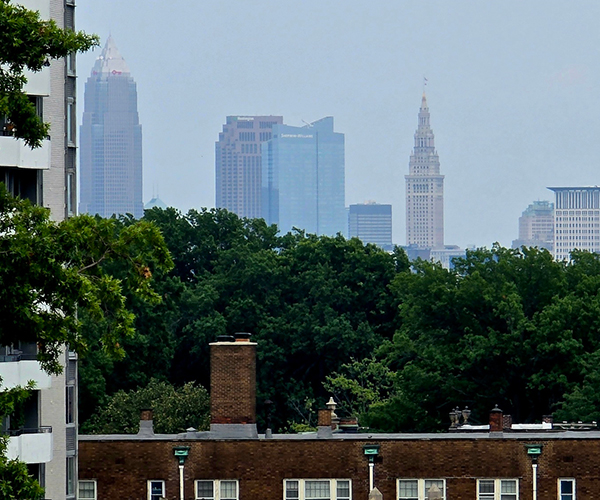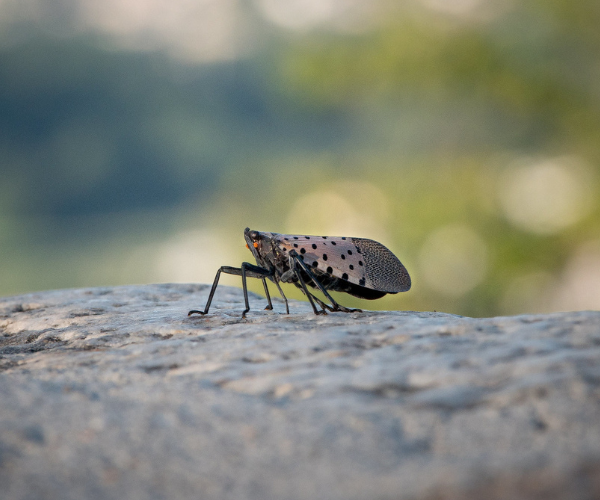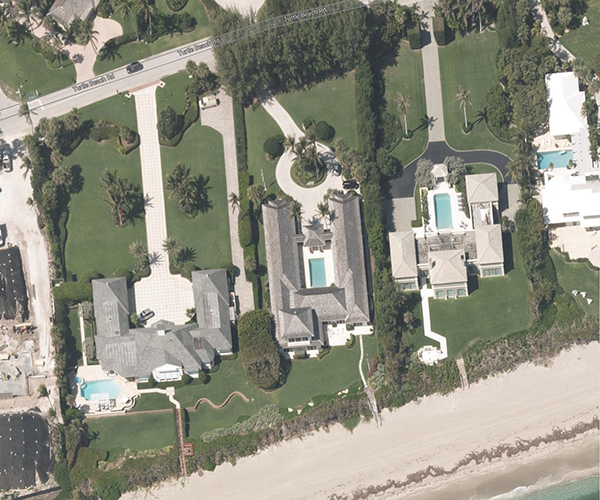Leo Weidenthal planted the seed for the Cleveland Cultural Gardens in 1916. The Jewish Independent editor introduced a single garden in Rockefeller Park to honor William Shakespeare on the 400th anniversary of his death. A decade later, Weidenthal helped found the Cleveland Cultural Gardens Federation and added a Hebrew Garden — which was laid out with a path in the shape of the Star of David — to honor his own heritage. "That's when it caught on," says Sheila Crawford, president of the federation, which oversees the 29 outdoor spaces representing various nationalities on the city's East Side. "Other nationalities prominent in Cleveland said, 'We should have one too.' " Today, the gardens — celebrating their centennial — reflect the European immigrants who came to Cleveland in the early 20th century and a second wave from the Middle East, Africa, Asia and South America. Seven more gardens are in development, and plans are in place for an additional eight. "It's an outdoor museum that's a testament to peace through understanding," Crawford says. "It illustrates our diversity and how we've worked together for 100 years."
Culture Club
Irish Garden: Dedicated in 1939, it features a sandstone walkway in the shape of a Celtic cross, bordered in impatiens and geraniums. The cross is filled with grass. "It's such an important symbol," says Sheila Crawford, federation president. "Most people believe St. Patrick used it to convert Ireland to Christianity."
Slovak Garden: The centerpiece is a statue of Milan Stefanik, who wrote the Czechoslovak Declaration of Independence after World War I. "It pulls together the idea that the Slovak people keep in their hearts of family, nation and service," says George R. Terbrack, Slovak Garden Association president.
Syrian Garden: Â The garden features an eight-sided fountain, a three-step amphitheater like ones in Basra and Palmyra, and a replica of the Arch of Triumph in Palmyra — which has since been destroyed by the Islamic State. "We want to preserve our heritage," says Wael Khoury, project chair for the Syrian Garden. "Palmyra is significant in world history."
Garden Party
Celebrate our city's heritage with these events.
Symbol Ground
The African-American Garden was dedicated in 1977, but consistent turnover in volunteer leadership stalled the project. Carl S. Ewing has been involved for the past five years, and the Association of the African-American Cultural Gardens president was one of six participants in last year's groundbreaking. Its first phase is expected to be complete by June.
The groundbreaking was absolutely a dream come true. I was nervous, but I think only my wife and I knew it. There was so much enthusiasm and exuberance on the part of so many people. We have almost 90 people involved, and we probably had 200, 300 people at the groundbreaking. They're not all out beating the bushes, but they might be writing checks — big or small. I still have the shovel. This is a labor of love for me.




